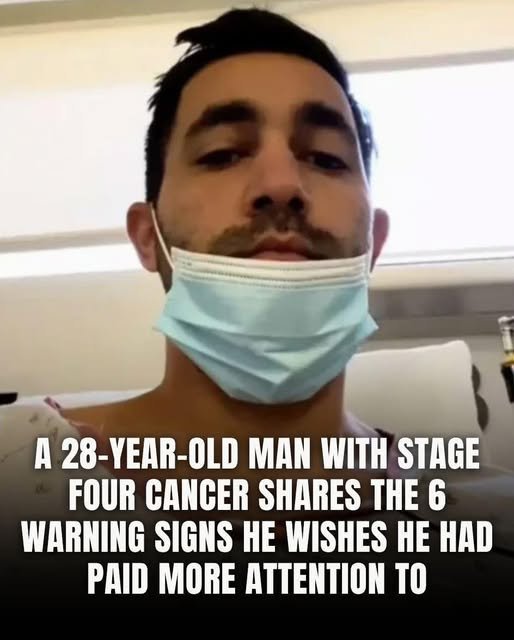An aesthetics specialist in California took a brave educational step by using herself as a “lab rat” to explain the paralyzing effects of injecting Botox into your face. Botox, also known as a neurotoxic peptide, does more than only reduce wrinkles; it inhibits nerve signals to muscles, stopping them from contracting. Typically, the prescription medicine botulinum toxin produces smoother, more youthful-looking skin—transitory benefits that last three to six months and need ongoing maintenance for anybody seeking an eternal glow.
Rather than just explaining Botox’s possibilities, Dr. Bita Farrell, a world-renowned cosmetic doctor and clinical professor at UCLA, provides visually spectacular demonstrations to her followers—240,000 on Instagram and another 185,000 on Facebook—all “for the sake of science.”

Relaxed but stiff
Two weeks before she shared her popular social media video, the doctor treated only the lower facial muscles on the right side of her face to demonstrate the real-life effects of Botox injections.
Dr. Farrell explains her Botox experiment in the video’s caption: “Face muscles either pull up or pull down. When the muscles that pull the lower face down (platysma and DAO) are injected and relaxed with a neuromodulator like Botox, the muscle that pulls the mid-face up (zygomaticus or cheek muscle) takes over and pushes the face up!
“This can help minimize the appearance of marionette lines, jowls, frown (RBF [resting b**** face] or sad face), and nasolabial folds. It also raises the neck, sharpens the jawline, and makes the cheeks look larger and elevated.”
She goes on to say that the results last roughly three to four months and that “any of the FDA-approved neuromodulators can be used.”
Amazing lift
In the stunning reveal video, the board-certified physician drew a line down the middle of her face and shared the results with her social media followers.
“And now for you, two weeks later, I present my results as I try to contract my lower face muscles; watch this,” Farrell stated in the video, which shows her laboring to move the treated side. “You can see that the platysma muscle on this [left] side is really contracting and pulling my jawline down, and so is my DAO, pulling the corner of my mouth down,” said Dr. Farrell.
“I’m really trying to pull this side!” she shouted in the video, attempting to move the injected muscles. She says, pointing to the side of her face that she treated, “See that this cheek rides a bit higher, this nasolabial fold seems softer, and so does my shadow at the marionette on this side.”
“Now I better go inject the other side to even things out!” she quipped at the end of the video.
Limited mobility
In the viral video, the distinction between Dr. Farrell’s two face halves was stark. Natural emotions flowed effortlessly over her untreated (left) face. On the Botox-treated (right) side, however, mobility was severely restricted.
Aside from the movement—or lack thereof—the Botoxed side of her face exhibited subtler enhancements: her cheek was slightly raised, the nasolabial fold (the line connecting the nose and mouth) softened, and the shadows around the marionette lines were less evident. By confining Botox to one side, she provided a simple side-by-side comparison that demonstrated how profoundly Botox may modify face dynamics—without the need for a 10-page paper to explain it.
What people say
The comments poured in almost instantly, with viewers complimenting the experiment’s clarity and admiring the evident outcomes. In a culture preoccupied with youth and beauty, witnessing Botox’s true consequences in such detail was a refreshing—and intriguing—twist.
“For the same reason, I’ll try it on both sides,” says one internet user.
A second person remarks, “This is an incredible demonstration of the effects of Botox.” It truly is fantastic! Thank you for doing this. I am honestly surprised at how much of a difference it makes. Others, however, noted that the untreated side of her face appeared “better.”
“It’s interesting how the side you didn’t inject looks better…younger!” You have fewer under-eye wrinkles on your left side,” writes one user, while another wonders, “So, on one side, she seems paralyzed. Is it good?
And then there were the naysayers, who had harsh words for Dr. Farrell’s self-experimentation: “After so many years of study and effort, what drives a doctor to masquerade as a clown to gain visibility?” This is a terrible tendency.” In a world of beauty myths and airbrushed marketing, Dr. Farrell provided something unique: sincerity and knowledge wrapped together in one fascinating—and flawlessly half-frozen—face.
What do you think of Dr. Farrell’s Botox experiment? Please share your thoughts on her clips and whether they inspired you to get Botox.



